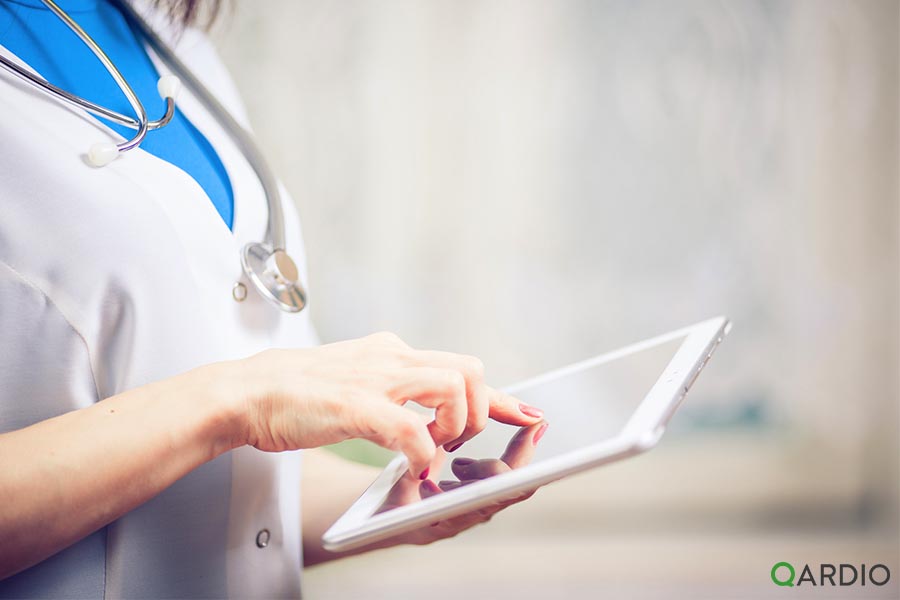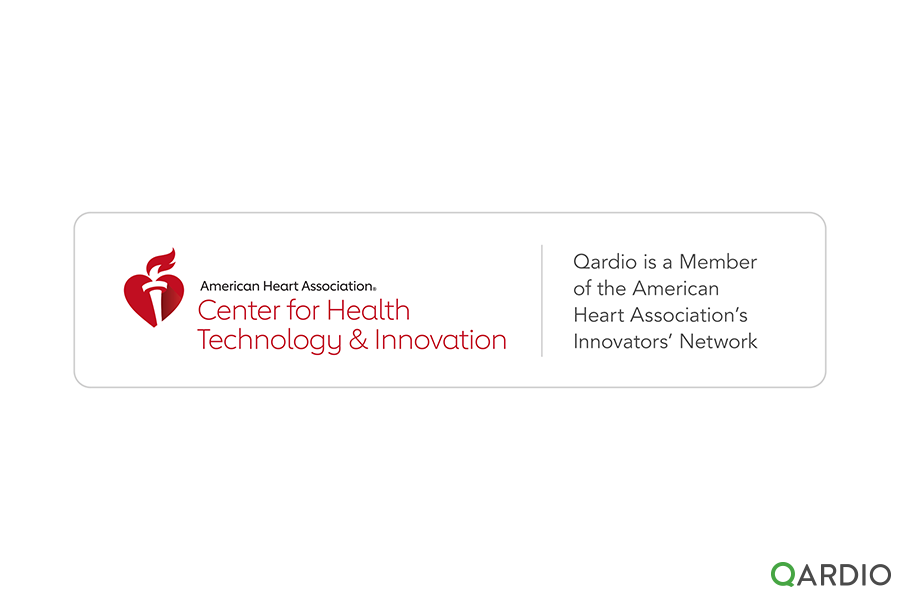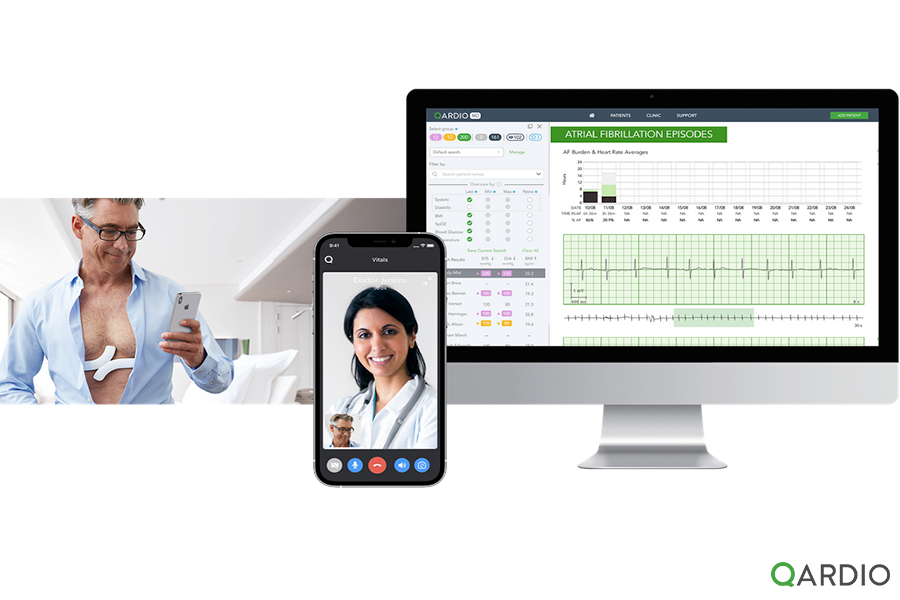When the first CPT code reimbursing for a non-face-to-face care was introduced in January 2015, many applauded the incentive of doctors utilizing technologies as part of their patient care model. Emails, phone calls and video chats have been on the rise when it comes to communicating with clinical staff and their patients but it wasn’t until January 2018 when the CMS introduced the first remote patient monitoring (RPM) code CPT 99091 that many started considering such a service for their chronic care patients.
What is remote patient monitoring?
Remote patient monitoring (RPM), especially in the context of Chronic Care Management service, is a care model where a patient monitors their vitals outside their doctor’s office and their care teams receive, evaluate and provide care based on such health data received electronically.
How to get paid for remote patient monitoring with CPT code 99091?
The CPT code 99091, that went into effect on January 1 2018, is a code dedicated to non face-to-face care that includes the collection and interpretation of physiological data (e.g., ECG, blood pressure, glucose monitoring) digitally stored and/or transmitted by the patient and/or caregiver to the physician or other qualified healthcare professional requiring a minimum of 30 minutes of time. This CPT code 99091 can be billed each month where all requirements were met and this code can also be billed concurrently with CCM CPT codes 99490 or 99487 if applicable.
What are the CPT codes that reimburse remote patient care?
There are several CPT codes that reimburse remote patient care offered as a part of Chronic Care management services, giving doctors and clinical staff choices on how to implement and run a RPM program in their office. There are 2 dedicated CPT codes 99091 and 99457* that reimburse activities associated with remote monitoring of physiological data and remote physiological monitoring treatment management services. CPT codes 99453 and 99454 reimburse supplying patients with monitoring devices and educating them on how to use them. The CPT code 99490 can also be used as it covers the widest range of non face-to-face care including remote patient monitoring.
What are the benefits of remote patient monitoring?
Remote patient monitoring offers great benefits to both patients and their care teams as it replaces routine in-person check ups with monitoring patient’s vitals outside the doctor’s office. This offers patients convenience, better self-awareness of their health and generally leads to improved health outcomes. Doctors and clinics practicing remote patient monitoring can free up staff’s time, get better patient feedback between visits and create a new revenue stream while increasing their patient capacity.
Remote patient monitoring as part of Chronic Care Management is an important tool doctors should consider offering their CCM enrolled patients. QardioMD platform supports both simple CCM tracking as well as a fully integrated remote patient monitoring module, which makes implementing RPM into your workflow easy for both care providers and their patients.
Request a free demo for further information on how easy and quick it can to be start monitoring your patients today.
REQUEST A FREE DEMO HERE.
*Do not report 99091 in conjunction with 99457 (per American Medical Association)


